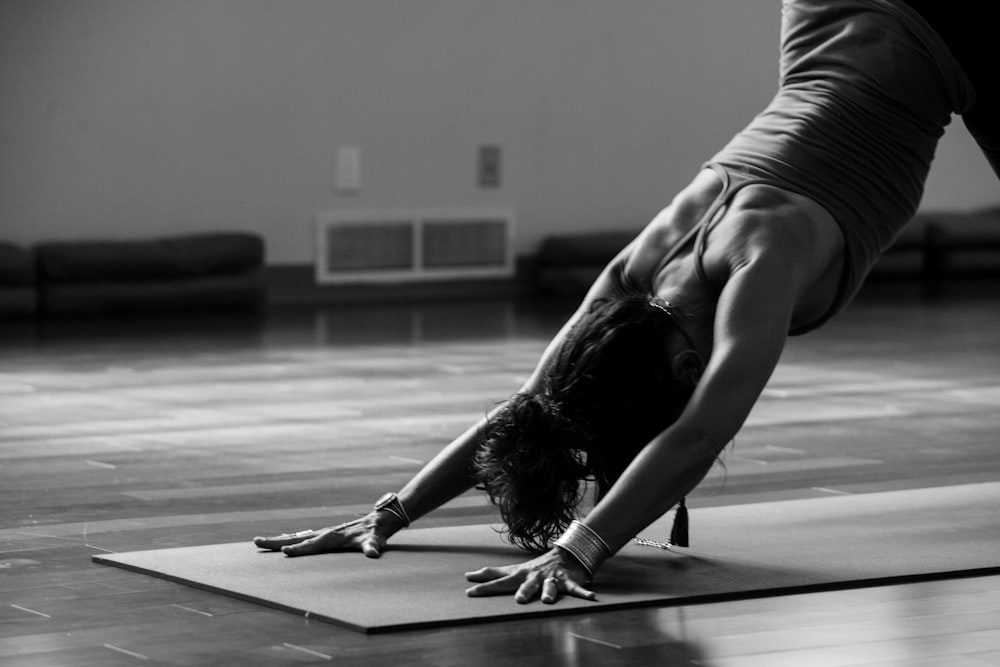Introduction
Yoga isn’t just about flexibility; it’s about strength and balance too. Many people associate yoga with bending and stretching, but it’s also a powerful tool for building muscle and improving stability. In this article, we’ll explore the intersection of yoga, strength, and balance, uncovering how yoga poses and sequences can help you develop a strong and stable body.
Building Strength Through Yoga
Yoga provides a unique approach to strength training. Unlike traditional weightlifting, which often isolates specific muscles, yoga engages multiple muscle groups simultaneously. Poses like Warrior II, Downward-Facing Dog, and Plank require strength from various parts of the body, including the core, arms, legs, and back. By practicing these poses regularly, you can develop functional strength that translates into everyday activities and sports.
The Role of Balance in Yoga
Balance is a fundamental aspect of yoga practice. Many yoga poses challenge your balance, requiring you to engage stabilizing muscles and focus your mind. Balancing poses like Tree Pose, Eagle Pose, and Half Moon Pose not only improve physical balance but also enhance mental concentration and inner awareness. By refining your balance on the mat, you’ll find greater stability and poise in all aspects of life.
Finding Stability in Asanas
Stability is essential for maintaining proper alignment and preventing injury in yoga. Without stability, you may struggle to hold poses with integrity, leading to strain or discomfort. Yoga poses that emphasize stability, such as Mountain Pose, Chair Pose, and Warrior III, help you cultivate a strong and steady foundation. Through mindful practice, you can develop the muscular control and proprioception needed to remain balanced and grounded in any pose.
Sequencing for Strength and Balance
The sequence of yoga poses plays a crucial role in enhancing strength and balance. A well-designed sequence progresses from simpler poses to more challenging ones, gradually building strength and stability while minimizing the risk of injury. Balancing poses are often interspersed with strength-building poses and counterposes to create a balanced practice that targets different muscle groups and promotes overall harmony in the body.
Breath as a Tool for Strength and Balance
In yoga, breath awareness is key to maintaining strength and balance. By synchronizing your breath with movement, you can access greater power and stability in each pose. Deep, steady breaths help you stay focused and calm, even when facing challenging asanas. Incorporating breathwork techniques like Ujjayi Pranayama and Dirga Pranayama into your practice enhances oxygenation, reduces tension, and fosters a deeper connection between mind and body.
Incorporating Props for Support
Yoga props can be valuable tools for developing strength and balance, especially for beginners or those with limited mobility. Props like blocks, straps, and blankets provide additional support and stability, allowing you to safely explore a wider range of poses. For example, using a block in Triangle Pose can help maintain proper alignment and prevent overstretching. Experimenting with props enables you to adapt your practice to suit your individual needs and abilities.
Progressing Safely and Mindfully
As with any form of physical activity, it’s essential to approach yoga with mindfulness and respect for your body’s limits. Pushing too hard or rushing into advanced poses can lead to injury and setbacks. Instead, progress gradually, listening to your body’s feedback and honoring any sensations of discomfort or strain. Remember that yoga is a journey, not a destination, and each practice offers an opportunity for growth and self-discovery.
Conclusion Read more about Yoga for strength and balance

